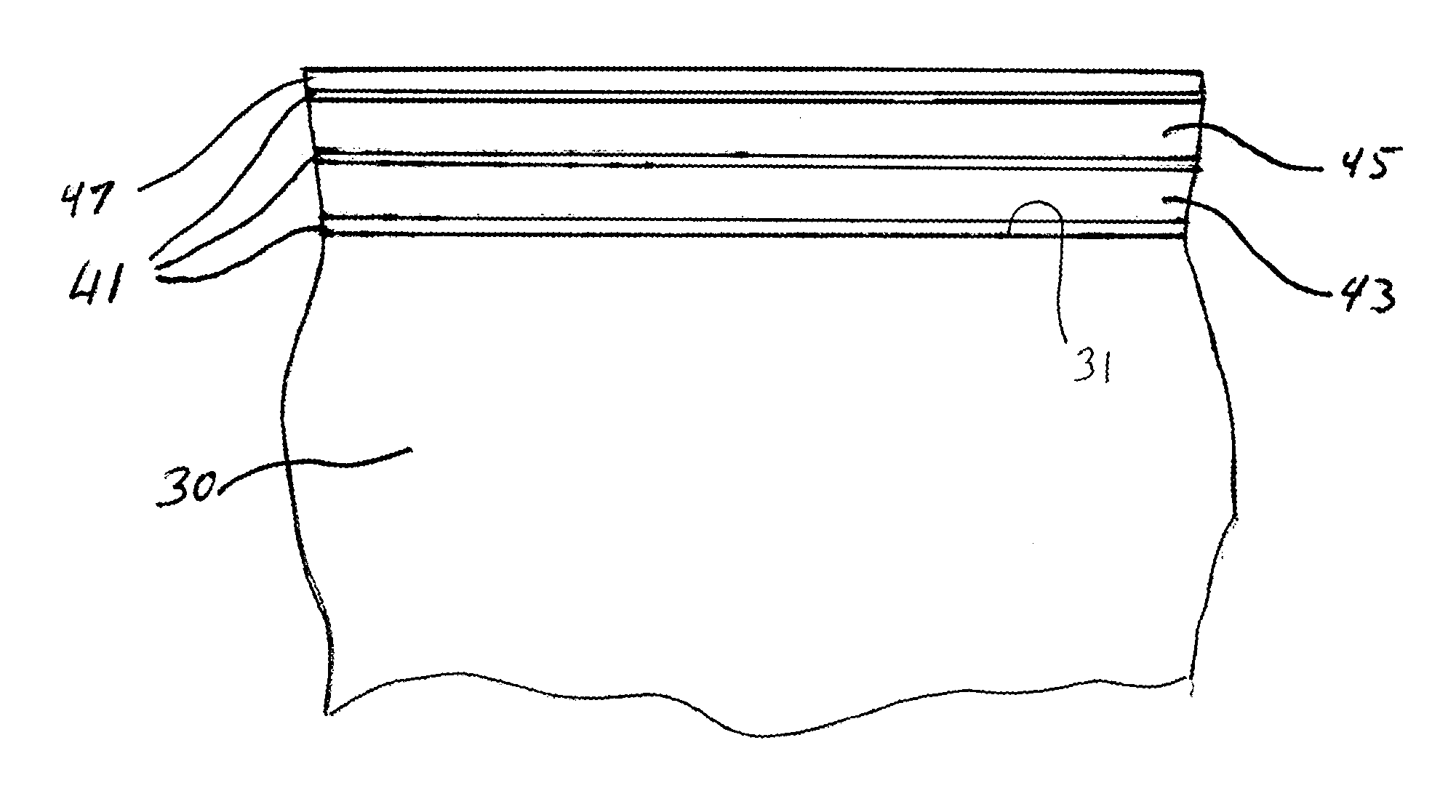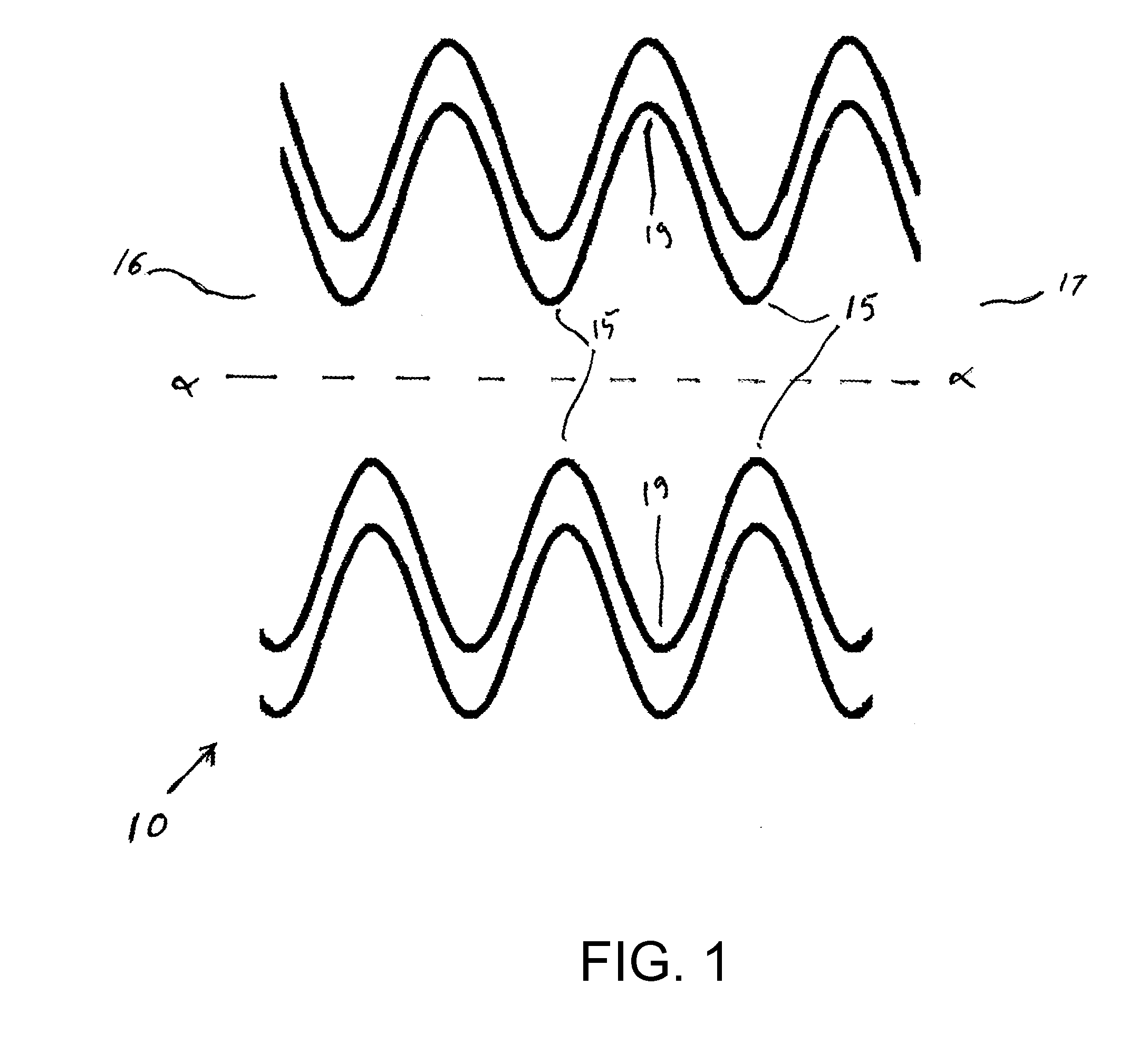Nano-fabricated superconducting radio-frequency composites, method for producing nano-fabricated superconducting RF composites
- Summary
- Abstract
- Description
- Claims
- Application Information
AI Technical Summary
Benefits of technology
Problems solved by technology
Method used
Image
Examples
example
[0079]An embodiment of the present invention is a coating layer of alumina, Al2O3, several molecules thick to cover a niobium surface with a chemically impermeable insulator. Next a layer of niobium fluoride is deposited on the alumina surface, and then another layer of alumina is deposited to protect the niobium from oxidation. Alumina is a good thermal conductor, a good electrical conductor, and resists oxidation. The first layer of alumina will permit any oxygen attached to the niobium substrate to migrate into the interior of the substrate and mitigate any decline in material properties. The surface with a combination of alumina / niobium fluoride / alumina on bulk niobium enables the resulting construct to operate at significantly higher fields than have been seen in any existing rf structure.
[0080]Other materials, such as magnesium diboride as a superconducting layer, and additional layers of alumina, are added to provide different properties. The inventors found that vortexes, wh...
PUM
| Property | Measurement | Unit |
|---|---|---|
| Temperature | aaaaa | aaaaa |
| Temperature | aaaaa | aaaaa |
| Time | aaaaa | aaaaa |
Abstract
Description
Claims
Application Information
 Login to View More
Login to View More - Generate Ideas
- Intellectual Property
- Life Sciences
- Materials
- Tech Scout
- Unparalleled Data Quality
- Higher Quality Content
- 60% Fewer Hallucinations
Browse by: Latest US Patents, China's latest patents, Technical Efficacy Thesaurus, Application Domain, Technology Topic, Popular Technical Reports.
© 2025 PatSnap. All rights reserved.Legal|Privacy policy|Modern Slavery Act Transparency Statement|Sitemap|About US| Contact US: help@patsnap.com



